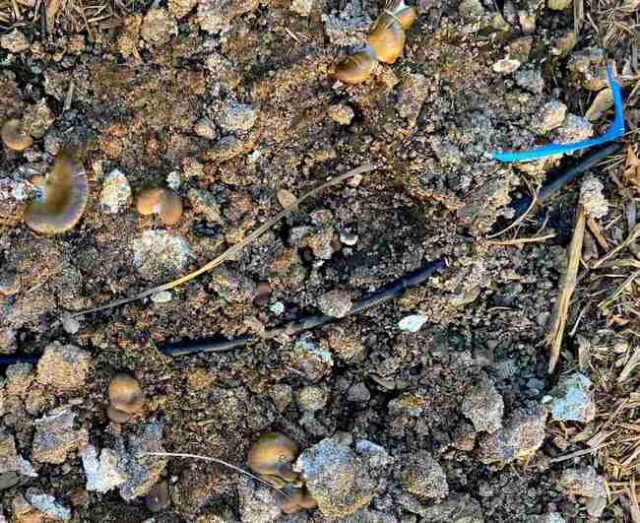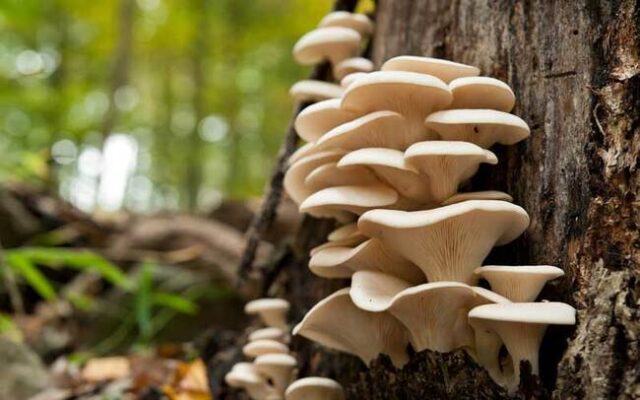
In industrial lots once dominated by toxic soils, Danielle Stevenson’s innovative approach has transformed barren landscapes into vibrant meadows teeming with life. Utilizing fungi and native plants, the environmental toxicologist and founder of DIY Fungi is spearheading efforts to clean up brownfields—areas contaminated by heavy metals and other pollutants from industrial activities. Stevenson’s work involves planting native grasses and flowers alongside specific fungi that can break down toxic waste. This combination has not only revived the soil but also created habitats for birds and pollinators, contributing to a healthier ecosystem.

Stevenson’s method, known as bioremediation, leverages the natural capabilities of fungi to degrade pollutants, including petroleum products and heavy metals. Inspired by studies on mushrooms thriving near Chernobyl, she applied this knowledge to urban brownfields like the Los Angeles railyard. In just three months, her pilot project saw a 50 percent reduction in pollutants, achieving near-complete decontamination within a year. This method is a cost-effective and safer alternative to traditional excavation and landfill disposal, which pose risks of spreading contamination. By empowering local communities with these bioremediation techniques, Stevenson is not only cleaning up environments but also fostering community involvement in ecological restoration.














